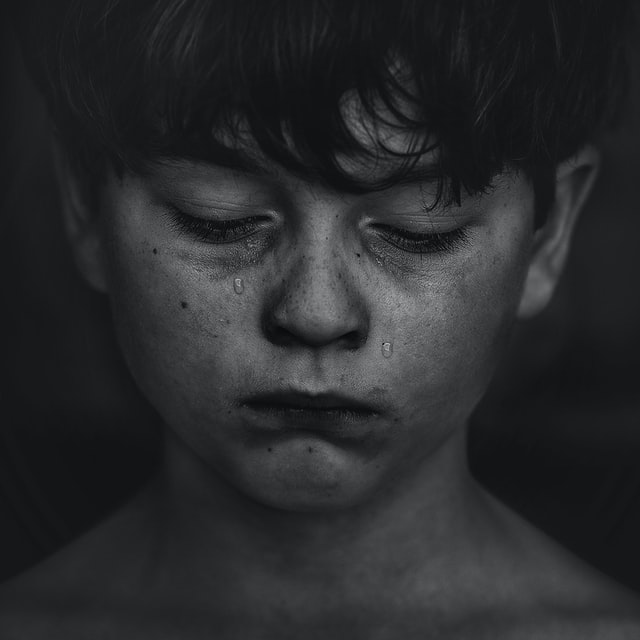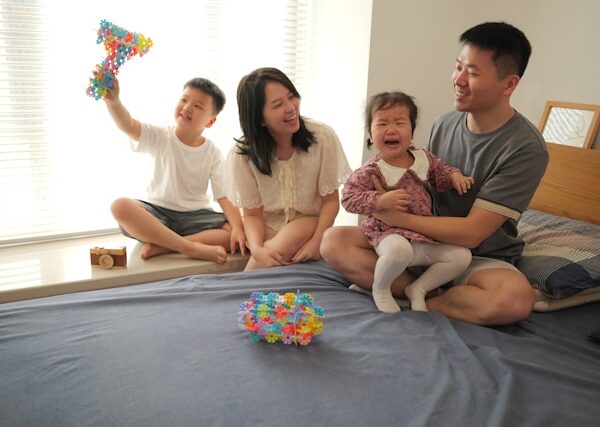First posted to: https://surehopecounseling.com/2021/07/26/bringing-awareness-to-the-destructive-nature-of-child-abuse/ on 7/26/21.

Though April is National Child Abuse Prevention Month preventing Child abuse child abuse is a priority for every month.
Child abuse is the intentional harm or mistreatment to a child under 18 years old is considered child abuse. Child abuse takes many forms, which often occur at the same time. Child abuse can have damaging effects on children that are sometimes extremely difficult for children to overcome and which could alter an abuse survivors mental emotional, physical and spiritual health for years.
Types of Child Abuse
Physical abuse. Physical child abuse occurs when a child is purposely physically injured or put at risk of harm by another person.
Sexual abuse. Sexual child abuse is any sexual activity with a child, such as fondling, oral-genital contact, intercourse, exploitation or exposure to child pornography age- inappropriate sexual content.
Emotional abuse. Emotional child abuse means injuring a child’s self-esteem or emotional well-being. It includes verbal and emotional assault, such as continually belittling or berating a child, as well as isolating, ignoring or rejecting a child.
Medical abuse. Medical child abuse occurs when someone gives false information about illness in a child that requires medical attention, putting the child at risk of injury and unnecessary medical care.
Neglect. Child neglect is failure to provide adequate food, shelter, affection, supervision, education, or dental or medical care.
In many cases, child abuse is done by someone the child knows and trusts, often a parent or other relative. If you suspect child abuse, report the abuse to the proper authorities.
Symptoms
A child who is being abused may feel guilty, ashamed or confused. He or she may be afraid to tell anyone about the abuse, especially if the abuser is a parent, other relative or family friend. That is why it is vital to watch for red flags, such as:
- Withdrawal from friends or usual activities
- Changes in behavior, such as aggression, anger, hostility or hyperactivity, or changes in school performance
- Depression, anxiety or unusual fears, or a sudden loss of self-confidence
- An apparent lack of supervision
- Frequent absences from school
- Reluctance to leave school activities, as if he or she does not want to go home.
- Attempts at running away.
- Rebellious or defiant behavior
- Self-harm or attempts at suicide.
- Specific signs and symptoms depend on the type of abuse and can vary. Keep in mind that warning signs are just that, warning signs. The presence of warning signs does not necessarily mean that a child is being abused.
- Physical abuse signs and symptoms
- Unexplained injuries, such as bruises, fractures or burns.
- Injuries that do not match the given explanation.
- Sexual abuse signs and symptoms
- Sexual behavior or knowledge that is inappropriate for the child’s age.
- Pregnancy or a sexually transmitted infection
- Blood in the child’s underwear
- Statements that he or she was sexually abused.
- Inappropriate sexual contact with other children
- Emotional abuse signs and symptoms
- Delayed or inappropriate emotional development
- Loss of self-confidence or self-esteem
- Social withdrawal or a loss of interest or enthusiasm
- Depression
- Avoidance of certain situations, such as refusing to go to school or ride the bus.
- Desperately seeks affection.
- A decrease in school performance or loss of interest in school
- Loss of previously acquired developmental skills.
- Neglect signs and symptoms
- Poor growth or weight gain or being overweight.
- Poor hygiene
- Lack of clothing or supplies to meet physical needs.
- Taking food or money without permission
- Hiding food for later
- Poor record of school attendance
- Lack of appropriate attention for medical, dental or psychological problems or lack of necessary follow-up care
Parental or Child Custodial Behavior
Sometimes a parent’s demeanor or behavior sends red flags about child abuse. Warning signs include a parent who:
- Shows little concern for the child.
- Appears unable to recognize physical or emotional distress in the child.
- Blames the child for problems.
- Consistently belittles or berates the child, and describes the child with negative terms, such as “worthless” or “evil”.
- Expects the child to provide him or her with attention and care and seems jealous of other family members getting attention from the child.
- Uses harsh physical discipline.
- Demands an inappropriate level of physical or academic performance.
- Severely limits the child’s contact with others.
Offers conflicting or unconvincing explanations for a child’s injuries or no explanation at all.
Child health experts condemn the use of violence in any form, corporal punishment may leave emotional scars. Parental behaviors that cause pain, physical injury or emotional trauma, is not discipline but is child abuse.
If you’ are concerned that your child or another child has been abused, seek help immediately. Depending on the situation, contact the child’s doctor or health care provider, a local child protective agency, the police department, or a 24-hour hotline such as Child Help National Child Abuse Hotline (1-800-422-4453).
If the child needs immediate medical attention, call 911 or your local emergency number.
Keep in mind that health care professionals are legally required to report all suspected cases of child abuse to the appropriate county authorities or the police.
Conclusion
Child abuse can change the trajectory of a child’s life forever. Leaving the child to struggle with the emotional, physical, and sexual scars well into adulthood. Making is difficult for the adult survivor of child abuse to fully recover and live a normal life, well after the abuse has been committed. Weather you or a parent, care giver to children or anyone else we must all do our part in stopping child abuse.
-Jim Katsoudas – https://surehopecounseling.com/jim-katsoudas-depression/


